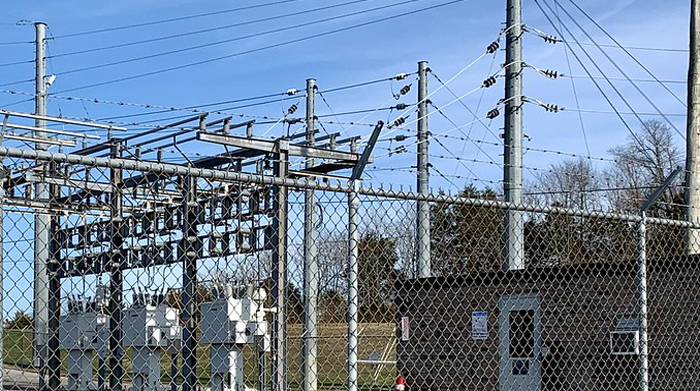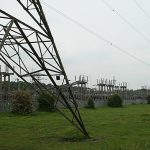Importance of Ballistic Protection Systems to for Physical Grid Security

Image courtesy of Robert Claypool under Attribution 2.0 Generic License, resized to 700 x 391 pixels.
With the wave of physical attacks on substations that have occurred recently across the U.S., the deployment of ballistic protection systems is becoming a critical component of physical grid security. But what should a ballistic protection system entail, and what features should utilities be looking for when considering a system like this?
Nuts and Bolts of Ballistic Protection Systems
In general, effective ballistic protection systems nowadays feature modular construction, as well as the inclusion of advanced detection and notification mechanisms.
Gone are the days when physical security relied exclusively on perimeter wall solutions constructed out of concrete, steel, or similar materials. This old-fashioned tactic is expensive, inflexible, and does little to protect against air attacks such as from drones.
Modular solutions are much more flexible because they are lightweight and are not limited to standard dimensions. This means they can be erected quickly and inexpensively, and unlike the old-fashioned concrete walls that require digging foundations for support, can be readily applied to existing equipment. These new modular designs also tend to have less stringent permitting requirements, can regulate temperature, offer protection from skyborne threats, and support the efficient replacement of individual sections if damaged.
Detection and notification systems are also integral components of these solutions. These features allow any damage or breach to be immediately detected, triggering the automatic operation of surveillance cameras, drones, and other security technologies, and facilitating rapid response. These systems can also analyze breaches by, for example, identifying whether damage was caused by a bullet or a blast, as well as identifying the location of the damage as well as the attacker with pinpoint accuracy.
In the final analysis, utilities need to focus on mitigating all risks, both cyber risks as well as physical security risks, to help keep the proverbial lights on. And deploying state-of-the-art ballistic protection systems for substations, equipment, and other components of the grid would be a great place to start.



